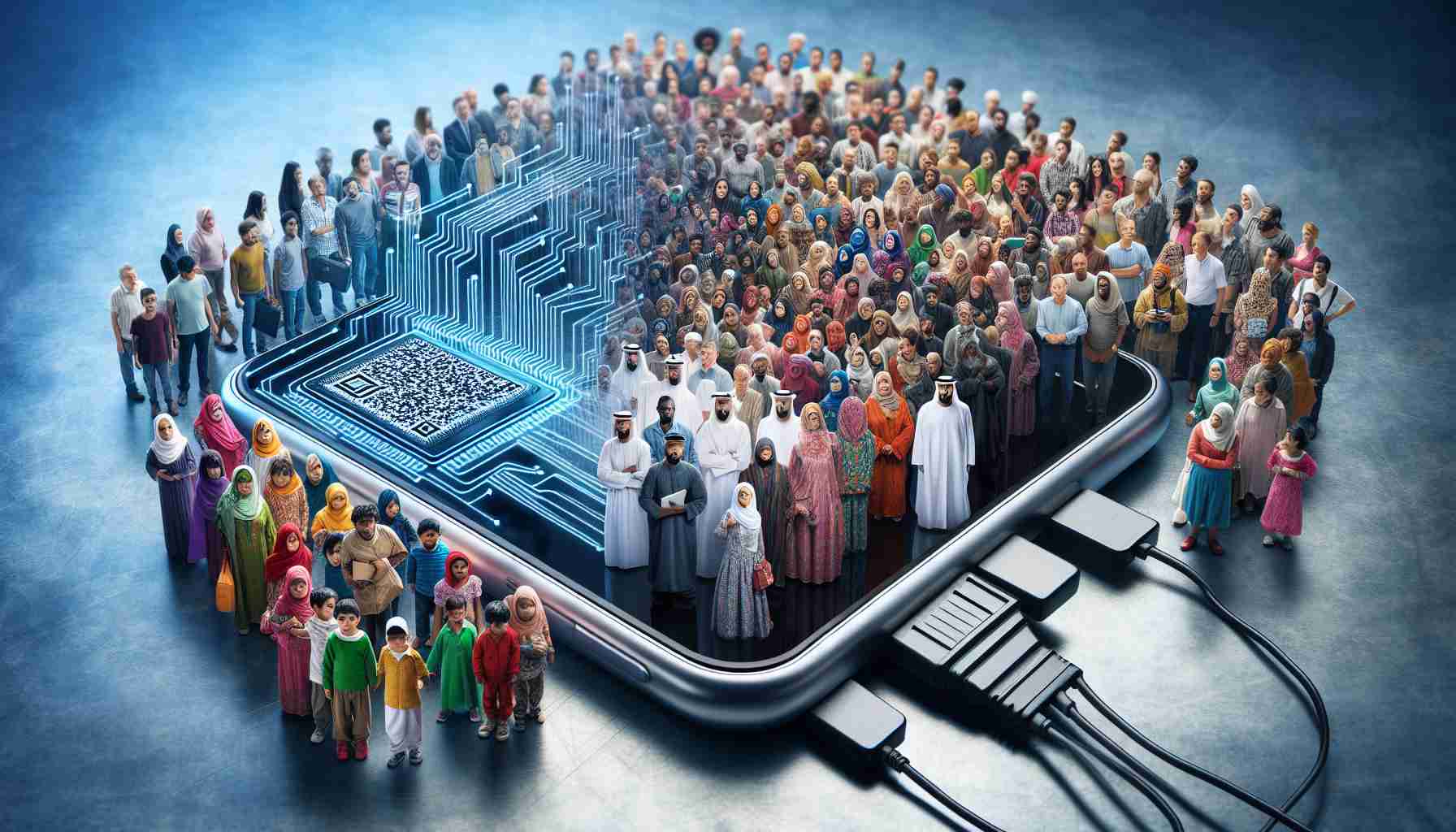Amnesty International has released an introduction to the defense of the rights of refugees and migrants in the digital age. The document highlights how digital technologies are widely used in asylum and migration management systems worldwide, including in the United States, the United Kingdom, and the European Union.
New digital tools, such as data processing systems, data management software, and biometric technologies, pose many human rights concerns. The report emphasizes that the development of these technologies can lead to discrimination, racism, and disproportionate and illegal surveillance of refugees and migrants.
The United States government implements monitoring programs for migrants and asylum seekers, such as the Intensive Supervision Appearance Program (ISAP) and the Electronic Monitoring Device Program, which aim to monitor individuals released from custody. Unfortunately, these tools are associated with human rights violations.
In the United Kingdom, electronic tagging is used to monitor foreign nationals who are being deported, and a system of monitoring using smartwatches with facial recognition capabilities is proposed.
The European Union uses drones and real-time surveillance systems to identify refugee and migrant boats in the Mediterranean Sea and collaborates with Libya to block their access to European shores. Under the EU-funded project iBorderCtrl, Hungarian, Greek, and Latvian authorities tested an artificial intelligence system for lie detection based on facial recognition and travelers’ emotional responses.
The untimely and unfair application of these technologies can lead to discrimination and hinder the migration of individuals with darker skin, of Muslim faith, or other migrants who do not fit the dominant ethnic group.
The Amnesty International report suggests that states should protect the rights of migrating individuals by refraining from using technologies that violate human rights and by ensuring that digital technologies address issues of racism and discrimination. Conducting human rights impact assessments and data protection safeguards should also be recommended before implementing digital technologies.
Amnesty International has published this introduction to support civil society organizations, activists, journalists, and supporters who wish to learn more about the digital aspects of asylum and migration management and their implications for human rights.
Frequently Asked Questions about Defending the Rights of Refugees and Migrants in the Digital Age:
1. What digital technologies are widely used in asylum and migration management systems?
Digital technologies, such as data processing systems, data management software, and biometric technologies, are widely used in asylum and migration management systems.
2. What human rights issues arise from the development of these technologies?
The development of digital technologies can lead to discrimination, racism, and disproportionate and illegal surveillance of refugees and migrants.
3. What monitoring programs for migrants does the United States government use?
The United States government uses monitoring programs for migrants, such as the Intensive Supervision Appearance Program (ISAP) and the Electronic Monitoring Device Program.
4. How does the United Kingdom monitor foreign nationals?
In the United Kingdom, electronic tagging is used, and a proposed system of monitoring using smartwatches with facial recognition capabilities.
5. How does the European Union identify refugee and migrant boats?
The European Union uses drones and real-time surveillance systems to identify refugee and migrant boats in the Mediterranean Sea.
6. What are the potential consequences of the unfair application of these technologies?
The unfair application of these technologies can lead to discrimination and hinder the migration of individuals with darker skin, of Muslim faith, or other migrants who do not fit the dominant ethnic group.
7. What actions does Amnesty International suggest for the protection of the rights of migrating individuals?
Amnesty International suggests that states should protect the rights of migrating individuals by refraining from using technologies that violate human rights and by conducting human rights impact assessments and data protection safeguards before implementing digital technologies.
Defined terms/jargon:
– Data processing systems: Technologies that enable the processing, analysis, and interpretation of large amounts of data in an efficient manner.
– Biometric technologies: Technologies that enable the identification of individuals based on their biological characteristics, such as fingerprints, facial recognition, or DNA scanning.
– Intensive Supervision Appearance Program (ISAP): A monitoring program for migrants used by the United States government, aimed at monitoring individuals released from custody.
– Electronic Monitoring Device Program: A monitoring program for migrants used by the United States government, utilizing electronic monitoring devices.
– Electronic tagging: The mandatory tagging of foreign nationals using electronic devices for monitoring purposes.
– iBorderCtrl project: A project funded by the EU, where an artificial intelligence system for lie detection based on facial recognition and travelers’ emotional responses was tested.
Suggested related links:
– Amnesty International
– United Nations High Commissioner for Refugees (UNHCR)
– International Organization for Migration (IOM)
– Department of State (United States)
– GOV.UK
The source of the article is from the blog agogs.sk
